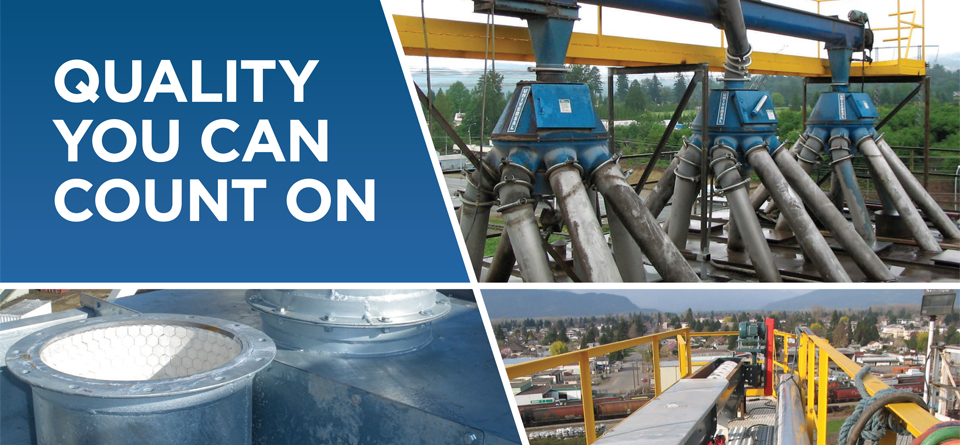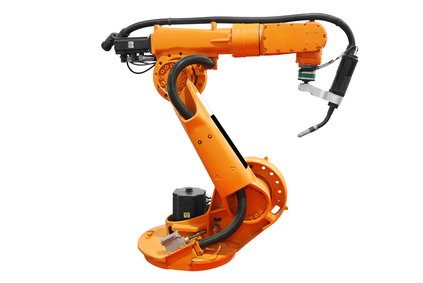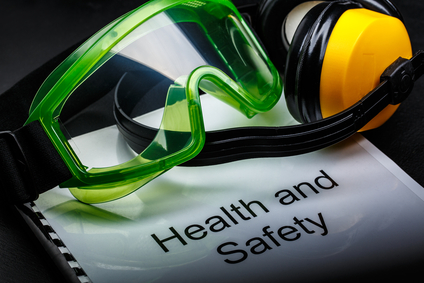Breakdown? Emergency Repair Needed? We Can Help!

INDUSTRIAL SERVICES AND EMERGENCY REPAIR WORK
Whether an unplanned shutdown, equipment breakdown, or you need a Millwright on site, you want repairs and work to move ahead in a timely manner with limited downtime. We all know the significant costs that are associated with extended downtime and plant closures – and we all want to avoid them. Even a planned shutdown is a risky process, and needs to be carefully planned for, and every possible situation taken into account.
In James R. Koelsch’s article How to Keep Shutdowns From Becoming Disasters, he touches on some very interesting points regarding “inability to recognize risks and the lack of systems specifically designed for startups”. Many are unprepared to deal with shutdowns and unexpected issues on larger scale, no matter how much is done to avoid them.
You may not have the internal man-power, technical knowledge, or time to try to solve the issue at hand. Thankfully, there are others who are well set up for such events and are at the ready to assist.
A well-versed, prepared Field and Industrial Services Team will have the safety qualifications, technical knowledge, and year of experience to ensure that whatever your issue at hand is will be dealt with promptly and properly.
With our dedicated Field Crew of Millwrights, Welders and Fabricators available at the ready, Mainland is here to help. Our field personnel have the latest safety certifications, have a wide range of industry experience, and are comfortable working in many industrial settings.
Don’t be caught off guard by an equipment breakdown or unforeseen shutdown; let Mainland’s Industrial Services Team help get you back up and running with minimal downtime.
To learn more about Mainland’s Industrial Services Team and the emergency repair solutions offered, check out the website, or give us a call. We would be glad to discuss preventative measures, provide an inspection report, or head out to help.


 Things to Know About Robotic Welding in Metal Fabrication Shops
Things to Know About Robotic Welding in Metal Fabrication Shops
